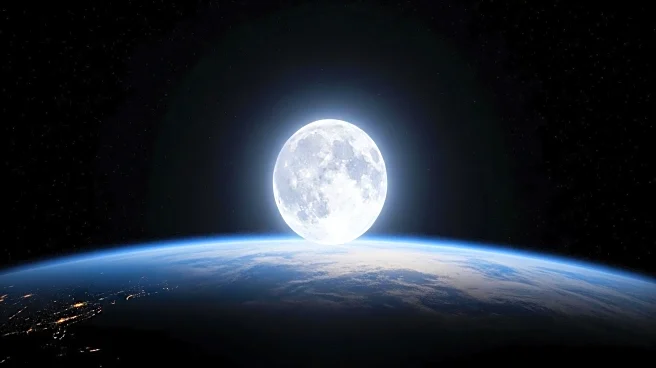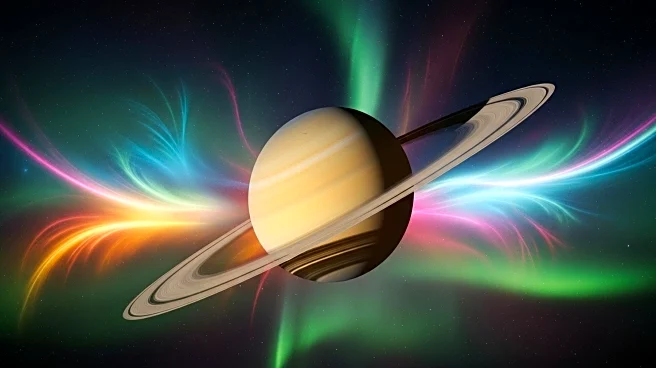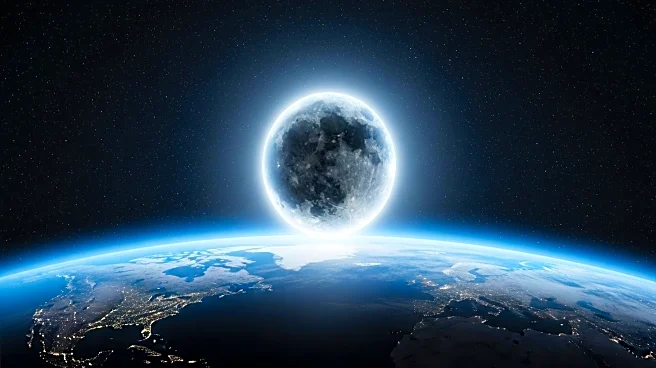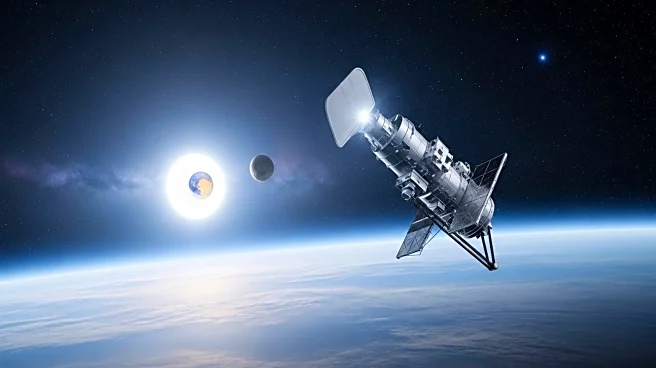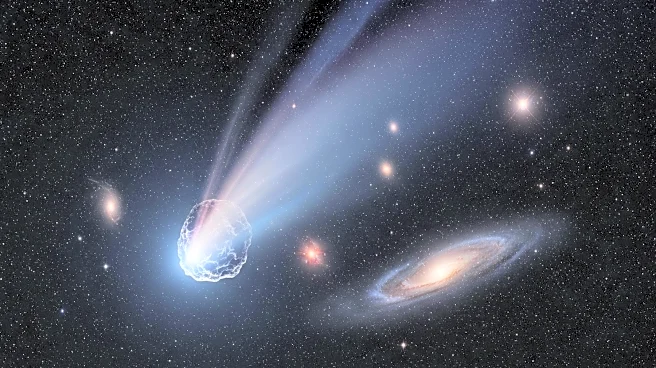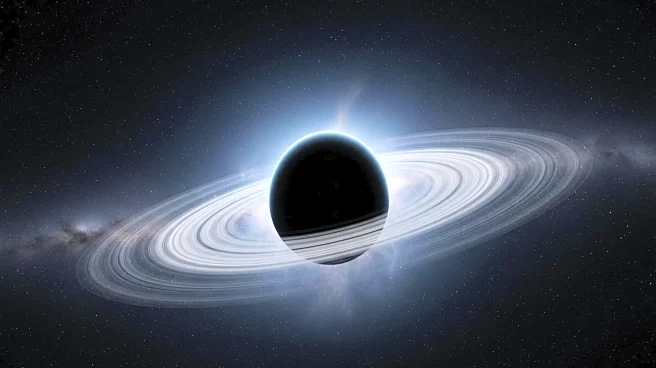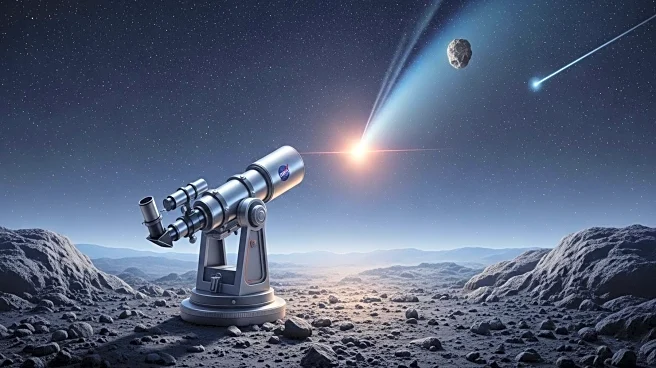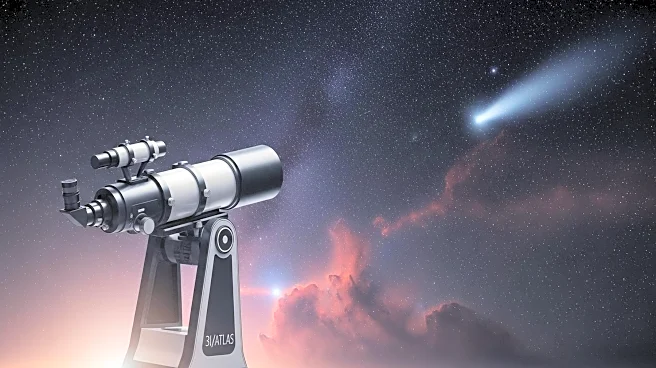What's Happening?
The moon is moving approximately 1.5 inches away from Earth each year, a phenomenon explained by tidal forces, according to a physicist's analysis published on Space.com. This gradual distancing is measured using lasers bounced off mirrors placed on the moon by astronauts. The moon's orbit is not perfectly circular, causing variations in its distance from Earth. Tidal forces, resulting from the gravitational pull between Earth and the moon, create bulges in Earth's oceans. These bulges exert a forward pull on the moon, increasing its orbital momentum and causing it to move further away.
Why It's Important?
The moon's increasing distance from Earth has implications for both celestial mechanics and Earth's rotation. As the moon gains momentum, Earth's rotation slows slightly, leading to longer days over geological timescales. Understanding these dynamics is crucial for scientists studying the history and future of Earth's relationship with its natural satellite. The phenomenon also highlights the intricate gravitational interactions that govern planetary bodies, offering insights into the evolution of the Earth-moon system over billions of years.
Beyond the Headlines
The gradual distancing of the moon from Earth raises questions about the long-term stability of the Earth-moon system. While the effects are minimal on a human timescale, they are significant in the context of geological and astronomical history. The study of these interactions can inform models of other planetary systems and contribute to our understanding of celestial mechanics. Additionally, the historical context of the moon's formation and its initial proximity to Earth provides a fascinating glimpse into the early Solar System.

